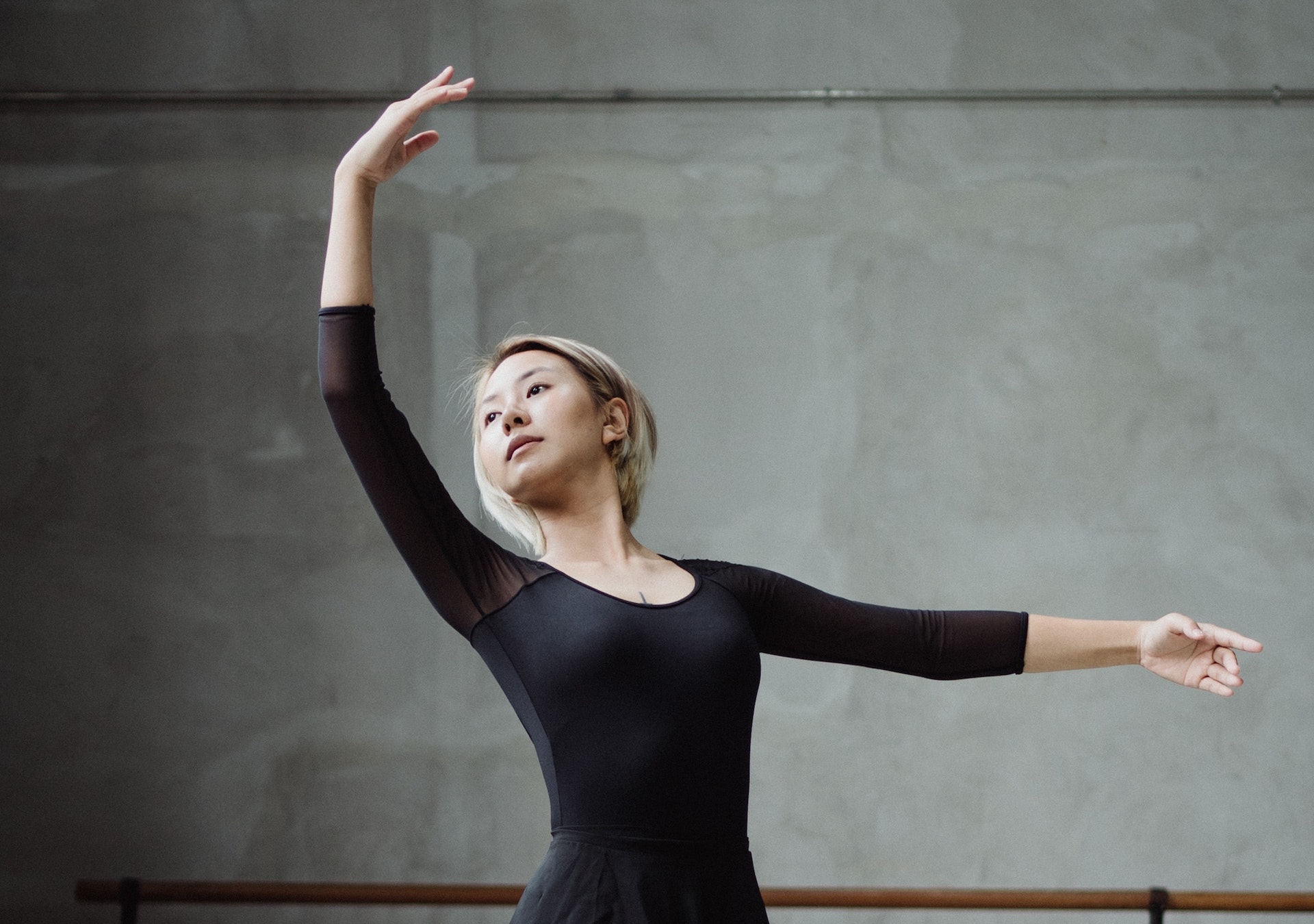
18 Jan Refine your Port de Bras with These Tips
In French, Port de Bras means the carriage of your arms. The movement or series of movements made by passing the arms through various positions is not only essential for balance and executing great turns, it’s also a huge part of the expression of ballet. It has been described as creating the colors for a majestic piece of art as it gives liveliness and spirit to dance. You can achieve more strength, coordination, and artistry in the use of your arms with these expert tips.
Correct Your Posture
Experts observe that many of the bad habits in port de bras—like drooping elbows and flapping wrists—originate in the lack of a muscular connection between the arms and back. The reason at times is due to posture. A concave chest, shoulder blades squeezed in close to the spine, or arching the back too much contributes to bad posture. To help find that alignment and muscular connection to your back, experts suggest trying a handstand against a wall (have a friend help). When you are stretched through the torso and the neck, almost like a violin string, this helps to align the body from the tip of the head to the tailbone. Feel energy pushing down into the floor and push yourself away. The dorsal muscles will also engage with a little gentle resistance. Stand facing a wall with your arms in the first position. Invert your hands so they face out, and gently push against the wall until you feel your back muscles fire. Try a breathing technique used by some ballet academies. While keeping your rib cage closed and the sides of your back engaged, try to breathe into your upper chest, lengthening your spine with every inhale. Move air up, without opening the ribs like an accordion. It is helpful to have the connection right away between the lungs, back, sternum, and clavicles.
Move From Your Middle
Imagine your arms begin low in the back. Your port de bras moves because the back moves and the back moves from the waist, with the internal and external obliques and the dorsals. The movement, initiating in the back, continues through the shoulder, upper arm, and forearm, ending with a lightly breathing wrist.
Train, Repeat, Train
To build up strength and fluidity, practice lots of isolated ports de bras, thinking continuously of lifting and opening your back. Go through varieties of port de bras for at least 5 to 10 minutes every day.
Bring it Together
The arms help so much in technical aspects of dancing, so coordination is important. The foundation of coordination begins at the barre. For example, if the arm is moving from second position to first, it must always anticipate by turning in to allongé with the movement right before. The arms and head should be used at barre every day and often. Coordination is engraved throughout the barre.
Don’t forget your Hands
Your hands and wrists can be the most expressive aspects of your dance. By the way, a hand is held we should know if the character is a noble or a peasant; if they are giving or begging, pointing, commanding, or praising; if they are tense or relaxed, affectionate or sensual; even if they are human or ethereal beings.
Define it
A perfectly rehearsed passage of the arms should have a reason behind every movement, so learn to define that movement. Coordination of the hands and chin rising and lowering, use of the épaulement, angles of the head, tilts of the shoulders, extensive use of the back—all that should be organic and skillful, like eloquent speech.
Expert Cue
In jumps, imagine a tightrope walker’s pole extending between your two elbows. With that sturdy and helpful line, you can navigate balance, direction and elevation. And then from the elbow down, the arm reflects the movement like a silk scarf.
